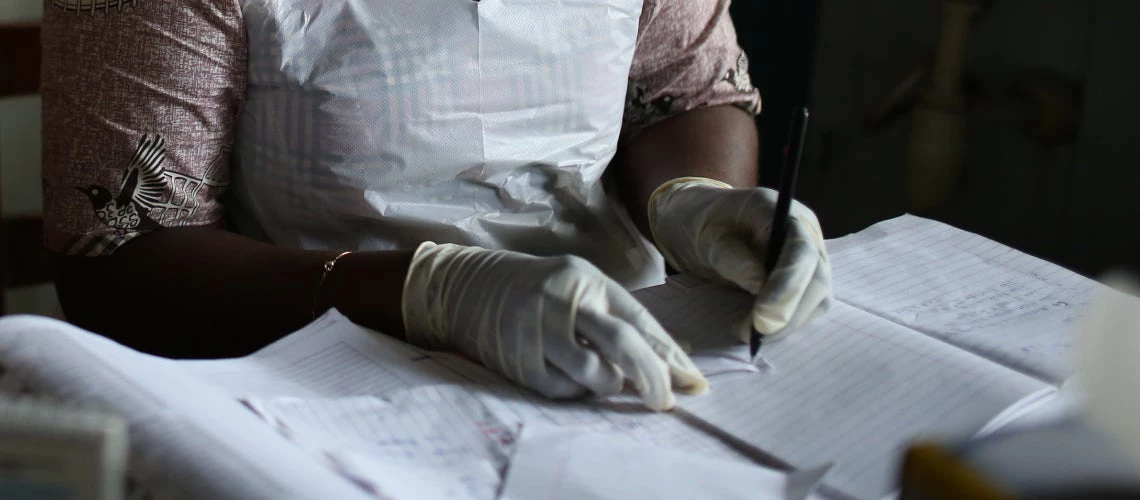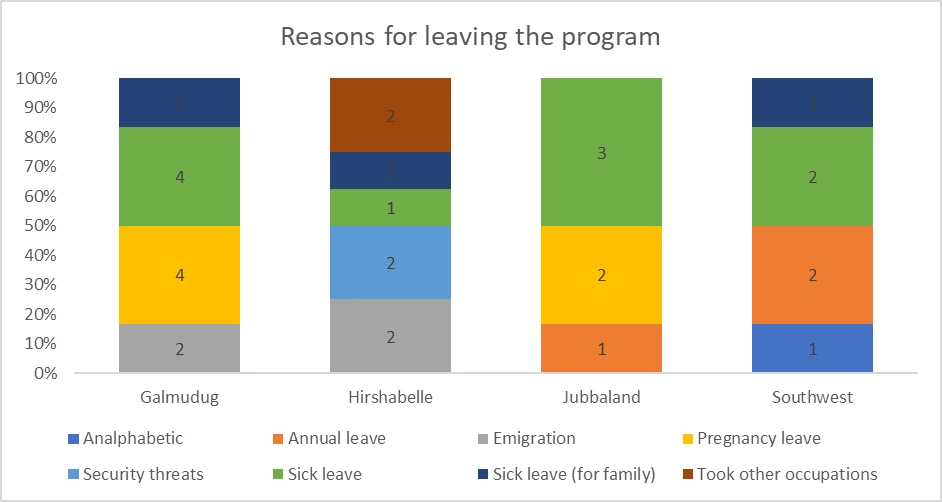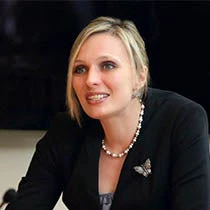 Female healthcare workers
Female healthcare workers
Last-mile delivery of government-led services is a challenge, especially in fragile and conflict settings. In Somalia’s health sector, this challenge is addressed through community-based female workers who deliver healthcare to every home across the country as part of the Ministry of Health’s Marwo Cafimaad Program. Marwo Cafimaad in Somali means women who are working in the health field in their communities. The program has been supported by the World Bank and widely publicized. However, attrition rates are high, which affects the quality of the services. What can be done to retain them?
To understand this problem, a study in similar African settings found that both financial and non-financial incentives were involved. Only about 14 percent of community health workers in Africa are salaried. In Ghana and Kenya women volunteer to work on health; in Nigeria, they’re part of the private sector; in Somalia they’re in the public sector; and in Rwanda, they’re in a cooperative.
In Somalia, female health workers were already salaried, but federal member states are now increasingly including them in civil service programs, further legitimizing the female health workers in the nascent health system. These initiatives are part of state-building efforts of the Recurrent Cost and Reform Financing Project, which supports the Marwo Cafimaad Program. The goal is to reliably and transparently finance civil servant operations to enable hiring and retention of high-capacity human resources. At present, five of the six administrative regions have integrated the female health workers into the civil service along with predictable salaries of $120 per including transport per month.
Using a proactive ICT-led citizen engagement center in July 2022, the project first sought to understand the reasons for attrition. While female health workers are entitled to annual or sick leave like other civil servants, community expectations in Somalia are different, with a woman’s role still tied to home, more so when their workstation is within their own villages. This survey among the workers found that due to a weak human resources management system, most of these women had to quit their jobs as they were not granted sick leave when they needed it. Others needed maternity leave, or leave to care for sick relatives, or to take care of personal matters.
Others left the program citing security threats or workplace aggression, although isolated, point to the need to intensify communication efforts so that communities recognize the important role that these women play. This is consistent with the study of community health workers in Tanzania, which showed that community recognition is an important retention factor.
Other non-financial retention factors include marital status, where younger, single women workers are more likely to leave the program and move to other jobs or regions. The recent drought that disproportionately affected some regions of Somalia, causing the health workers to move to different areas for livelihood reasons.
To understand the attrition problem better, it is important to conduct exit interviews when individuals quit or are made to leave the program. In addition, the program should develop a human resource policy to take care of employee needs, including maternity, sick, and annual leaves, and the possibility of finding employment for them in different districts if they choose to move.
However, beyond financial and institutional incentives, we saw that women health workers are motivated to stay in the program due to a desire to serve their communities while graduating towards a higher medical practice. This civic-mindedness is a solid foundation on which to continue the state-building efforts in Somalia.





Join the Conversation